Varieties of siderates and their use
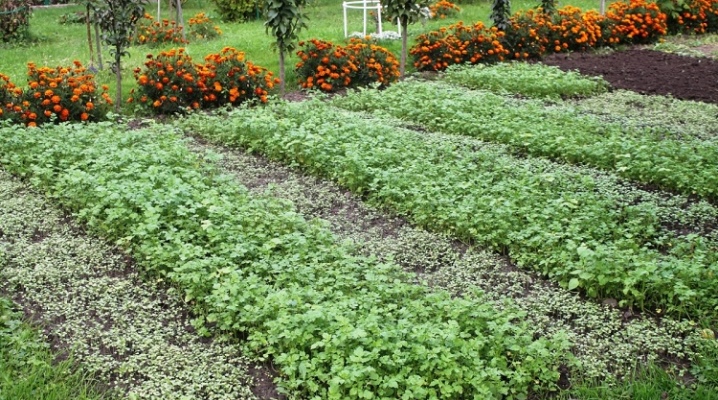
In order for the summer cottage to delight you with its bright colors and rich harvest, it is necessary to use siderates, they belong to green fertilizers. They are called the basis for sustainable agricultural cultivation without the use of chemicals. Their benefits are undoubted - green manure plants enrich the soil with useful substances, due to which the yield increases by 30-50%.
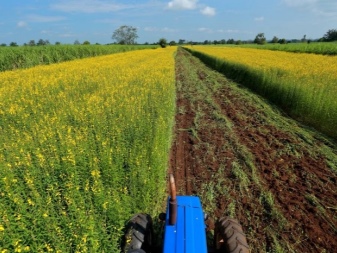
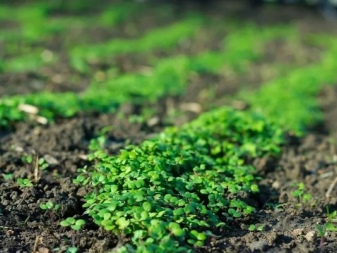
What it is?
Siderata have long been used in natural agriculture - they are irreplaceable restorative crops that contribute to the improvement of the soil. They deoxidize, enrich the soil with the necessary micro and macro elements, increase its quality, water and air permeability, and also prevent weathering and leaching. Besides, green manures improve the appearance of the site, filling it with bright colors in the periods before planting the main garden crops and after harvesting the fruits.
Experienced summer residents say that the land should not be empty. The use of green manure replaces the introduction of manure and complex fertilizing into the soil. They can be planted outdoors and in a greenhouse.
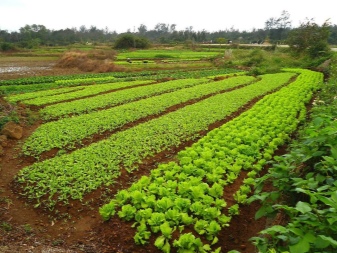

What are they for?
Siderates have a beneficial effect on the substrate. Their use has a number of advantages.
- Due to the development of a deep and branched root system, green manures loosen the soil, contributing to better air permeability. With their long rhizomes, they extract nutrients from the deep layers of the earth and raise them up - in the future, they will become the basis of nutrition for vegetable crops.
- Siderat grass can be used as mulch.
- Planting green manure is recommended for the rapid restoration of eroded soil, as well as enrichment of scarce soils with useful substances.
- Planting green manures leads to a reduction in weeds on the site.
- Sowing green manure crops optimizes the temperature regime of the substrate in warm and cold seasons, protects the seedlings from UV rays and protects the upper fertile layer from weathering and erosion.
- Most summer residents do not uproot green manure grasses in order to preserve all the necessary microorganisms in the upper layer of the substrate. Instead, they simply cut off the entire herbaceous mass and dig up along with the roots.
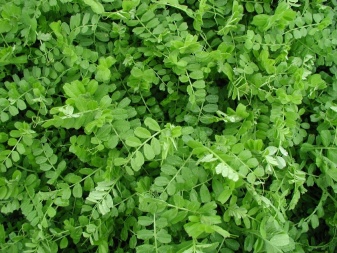

An additional bonus will be the healing properties of these crops. For example, tannin is present in the green parts of flax - its smell drives off Colorado beetles, therefore such a plant is optimal for growing near potato plantings. The Colorado potato beetle is also afraid of the aroma of marigolds and calendula - they are often planted in the aisles.
But after potatoes, you can plant rye, it will become a good tool in the fight against nematodes - the roots of rye release special substances into the ground that drive insects away from the planting site for a long time.
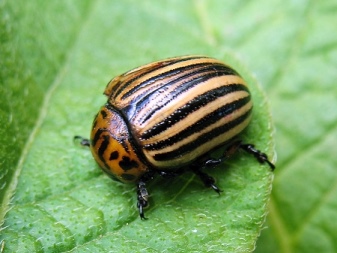
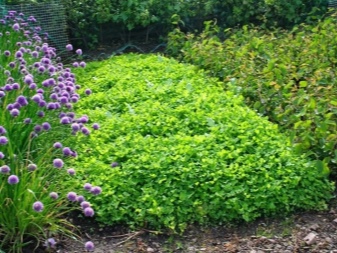
Description of species
The list of effective green manure includes many plants. Consider what they are.
Amaranth
Plants: amaranth, squid. Amaranth plants have a powerful rhizome. Due to this, they loosen the soil, increase its air permeability, enrich the soil with nitrogen and increase its fertility.
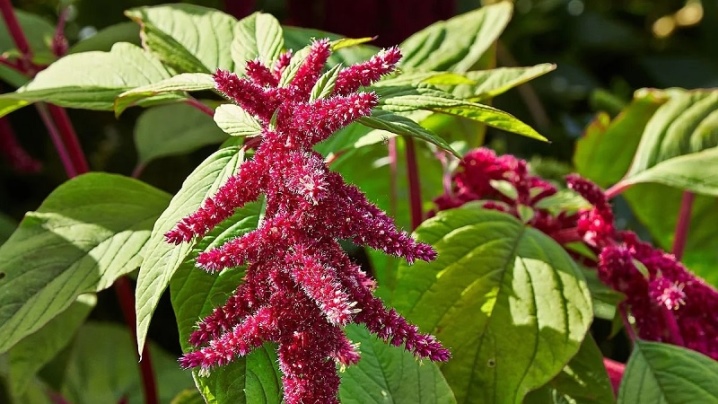
Asteraceae
Plants: sunflower, calendula.
Such plants scare away midges and bedbugs, effectively fight caterpillars. Flowers attract honey insects and act as cover crops, protecting cultivated plants from sunlight. Most often sunflower is planted. It is indispensable for protecting plantings from the sun, the plant helps to retain moisture in the ground. In addition, these plants act as a supporting structure for vegetable crops. However, they also have a minus - sunflower stalks coarsen rather quickly and complicate the decay of the mowed mass.
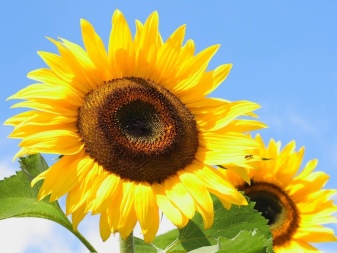
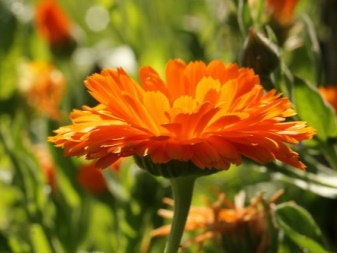
Hydrophilic
Plants: Phacelia. Phacelia normalizes acidic soils, protects the site from the appearance of weeds and destroys all pathogenic microorganisms. The developed root system of the herb improves its breathability.
Phacelia is a versatile hydrophilic green manure. After it, any plants will grow and develop well, be it berries, flowers or vegetables. The grass is absolutely unpretentious, it can easily withstand a drop in temperature and drought, grows quite quickly and gives beautiful flowers. Phacelia is usually sown in March-April, immediately after the snow cover melts. When planted before winter, the culture protects the soil from deep freezing. It inhibits the development of pathogenic microflora: protects garden plantings from scab and late blight, drives away nematodes, wireworms and moths. After the first flowers appear, the green parts are cut off, plowed into the ground by 10-15 cm, or used instead of mulch.
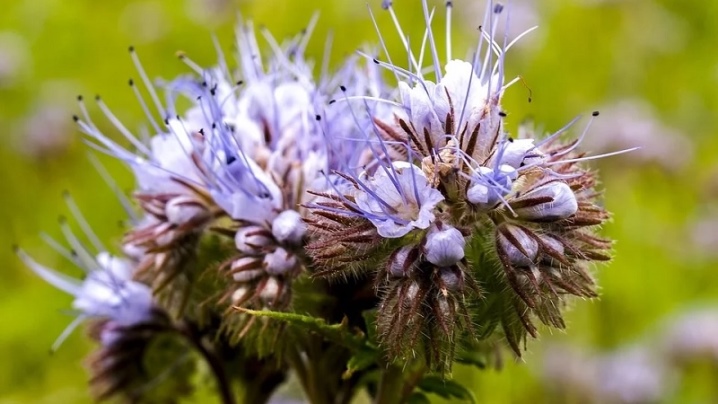
Buckwheat
Plants: buckwheat. These green manures are recommended for poorly fertile soils with a low content of useful microelements. Buckwheat plants enrich the soil with organic substances, nourish with potassium and phosphorus salts. Domestic summer residents most often plant buckwheat. It grows well on salt marshes and other heavy soils - even such soil takes no more than 2 months for the green manure to ripen.
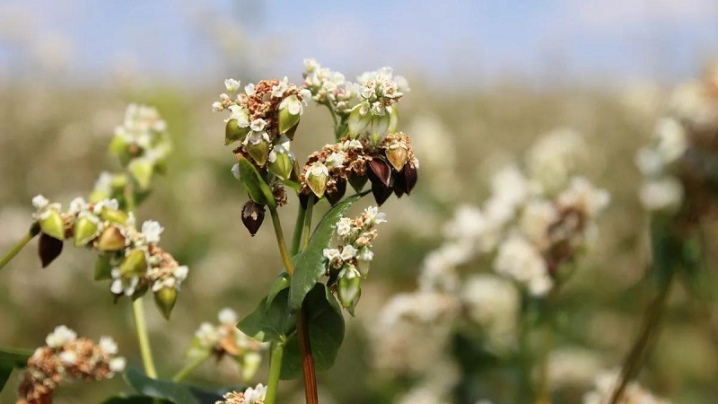
Cruciferous
Plants: mustard, colza, rapeseed, oil radish. Cruciferous plants can be planted to improve any soil, except for areas of high acidity. Branched roots loosen the earth, make it permeable to air and convert difficult-to-digest phosphorus compounds into a form accessible to horticultural crops. In addition, green manure prevents the leaching of nutrients. The most common species of cruciferous green manure is mustard. It quickly builds up green mass and completely drowns out the growth of weeds.
The plant protects the planting of cultivated plants from the hot sun and effectively fights scab and late blight.
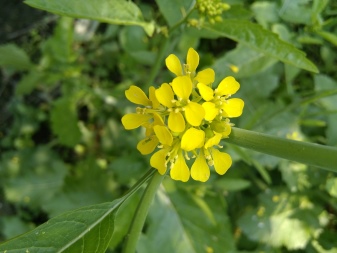
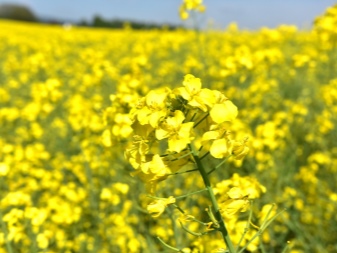
Cereals
Plants: rye, millet, oats, wheat. Grain green manures are versatile, so they can be used on all types of soils, but they work best in areas with a high presence of sand, high acidity, as well as on clay and loamy soils. They help to increase the moisture permeability of the soil, feed the substrate with nitrogen and potassium, prevent weathering and leaching of the upper fertile layer. With a rapidly developing root system, cereals "stifle" the development of any weeds.
In most cases, oats are planted in garden plots. It is useful for saturating the soil with phosphorus and organic matter. It is best to plant it with peas. It can grow and develop on various soils, from black soil to sandstones, and is most effective on alumina. The roots increase the moisture and air permeability of the substrate, prevent leaching and weathering of the fertile soil layer. Effectively destroy pathogens of fungal infections. It is best to use rye for planting swampy areas. It not only nourishes the soil with micronutrients, but also dries up the soil. But on dry soils, it is better to use barley - it makes the substrate more structured and moist.

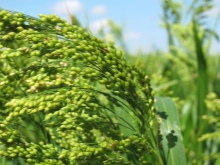
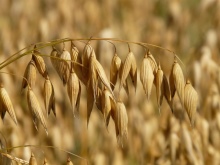
Legumes
Plants: alfalfa, goat's rue, red clover, peas, yellow sweet clover, sainfoin.
This green manure is optimal for all types of soil. Promotes the saturation of the earth with nitrogen, loosens and cleans the area from nematodes. Suppresses the development of weeds.In fact, planting legumes is similar to applying fresh manure to the ground. Clover is most often planted. It is optimal for moist soils with low acidity. Clover nourishes the earth, making its structure loose and breathable.
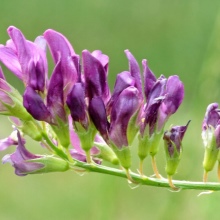
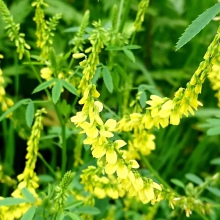
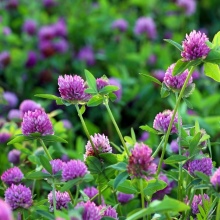
Which one is better to choose?
Different siderates are suitable for different crops.
For cucumbers
Cucumber roots develop quite close to the soil surface. They do not go deep, so it is difficult for plants to absorb trace elements. The main task of green manure is the delivery of magnesium, phosphorus, calcium, nitrogen and their accumulation closer to the surface. The following are considered optimal:
- legumes;
- cereals;
- cruciferous.
These green manures can be grown in the aisles of cucumber beds. Surely you will be delighted with the volume of the harvested crop and the taste of juicy fruits.
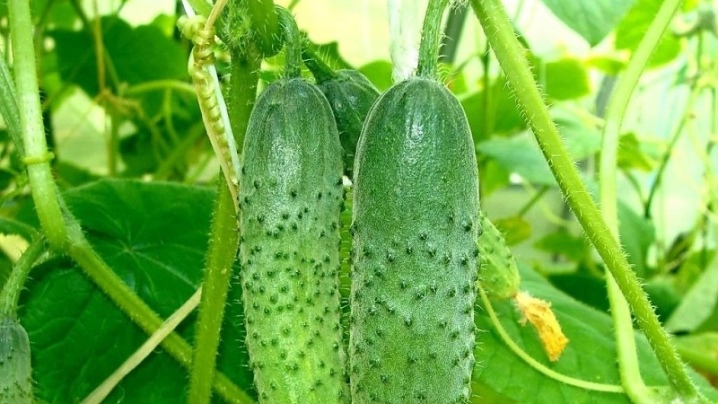
For potatoes
Siderata for potatoes must perform two main tasks:
- fight the invasion of the Colorado potato beetle, preventing it;
- prevent the spread of fungal infections on plantations.
Siderata should be chosen with these properties in mind, and the best potato precursors are:
- legumes;
- flax;
- cruciferous.

For tomatoes
Tomato green manure helps to loosen the soil, feeding it with nitrogen and other necessary minerals inhibits the development of weeds. Phacelia is considered the optimal green manure for all nightshades. It grows instantly and leaves no room for weeds to develop. Its herbaceous mass quickly decomposes, enriching the beds. In addition, its flowers of an unusual color look very impressive on the site.
For tomatoes, the following are also optimal:
- all types of legumes and cruciferous green manures;
- all cereals.
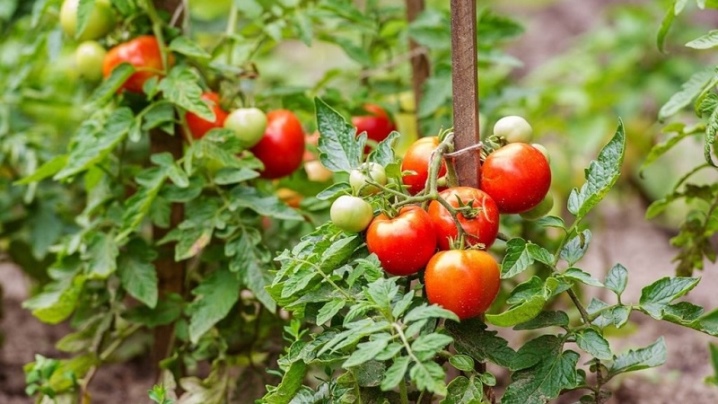
For cabbage
Cabbage is a well-known nitrogen lover, therefore green manure must saturate the earth with this trace element. Legumes do the best with this. These plants drive away nematodes, as well as wireworms and some other garden pests. And if you combine alfalfa and oatmeal in the aisles, you can quickly neutralize pathogenic fungal microorganisms.
Under strawberries I usually plant peas and mustard, rapeseed or phacelia, before raspberries - any cereals. Growing mustard is the best solution for garlic.

Sowing features
Siderata can be sown from spring to autumn. These crops have a short ripening period, therefore, up to 4 harvests can be harvested during the period from the melting of snow to the first frost. During spring planting, green manure crops very quickly build up herbaceous mass and roots, inhibiting the growth of weeds. At this point, it is best to plant oats, peas, as well as sweet clover and alfalfa.
In summer, as well as in early September, after the end of fruiting, green manures are necessary to restore the fruiting parameters of the soil. During this period, mustard and buckwheat give the greatest effect, phacelia and legumes are sown a little less often. Before winter, it is advisable to plant winter crops - rye or oats. A good effect is given by planting clover, phacelia, and mustard. Such crops quickly increase the herbaceous mass - in winter, it protects the soil from deep freezing.

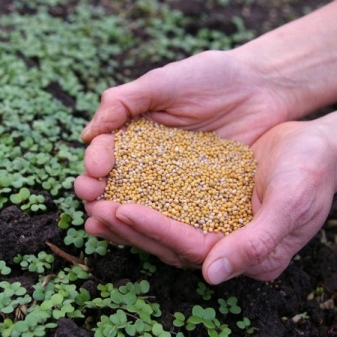
The place for planting green manure is selected depending on the tasks. On a free plot of land, you can sow grass to prepare the soil for the future planting of garden plants. In the spring they are planted to prepare the land for seedlings - this improves fertility and suppresses the growth of weeds. Aromatic herbs, for example, marigolds, can be planted around the perimeter of the site - they repel insect pests. Siderata are often planted between rows - where they protect plantings from weeds, prevent soil erosion and repel insects. To protect mature fruit trees, green manures are planted in a near-stem circle.
Sowing green manure includes several stages. First, the area determined for planting must be dug to the depth of the shovel bayonet and loosened with a rake.Then small grooves are formed with a flat cutter - they should be directed perpendicular to the beds, while the depth of the grooves should not exceed 7 cm. Plant seeds are scattered over the surface of the furrows, the ground is leveled with a flat cutter. In this case, movements should be directed strictly parallel to the long side of the planting bed. Thus, the seed is backfilled with a layer of substrate. After that, the land is abundantly watered and the seedlings are awaited.
Plants do not require complex care, it is only important to regularly moisturize the plantings in order to stimulate the growth of green mass.
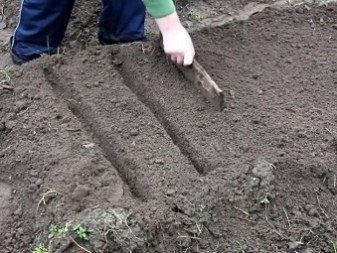
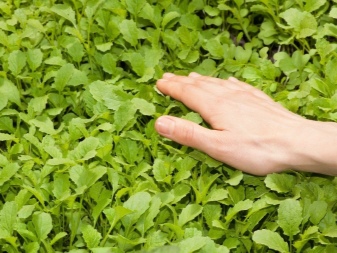
Cleaning
In order for planting green manures in the garden to bring the maximum effect, it is necessary to remove them correctly.
- When harvesting, only the green parts must be cut and the roots must remain in the ground.
- Cutting is carried out before the appearance of the first flower. Otherwise, the trunk becomes coarse, and the mass will rot for too long. This will create an excess of nitrogen in the soil, and the roots of the plants planted next to it will start to "burn".
- The cut branches and leaves of the plant do not need to be removed, they are left on the ground, evenly distributed over the surface. In the course of further agricultural work, they can be plowed, put into a compost pit, or a nutritious infusion can be made.
- It is advisable to harvest green manure 10-15 days before planting the main crop.
- Siderata planted in autumn do not need to be removed for the winter - they remain in the ground until spring. This will replace autumn plowing, protect the soil from frost and provide many other benefits.
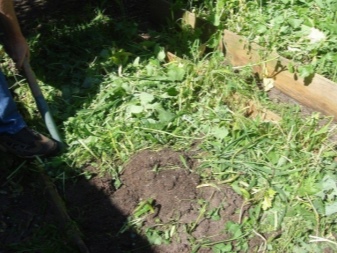
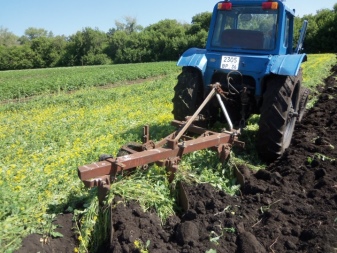
Advice
Despite the ease of cultivation of siderates, in order to get a good harvest when using them, you should adhere to some of the recommendations of experts.
- Siderata should not be planted in front of a fruit plant of the same family. For example, mustard, rape, and any other cruciferous plants should not be planted in front of cabbage. And oats with rye should not be sown in front of corn.
- In areas with young green manure, only seedlings can be planted. If you plan to sow seeds, then all green manure must be cut in advance.
- In dry summer, the area needs to be watered frequently - this contributes to the formation of humus.
- Siderate crops, like any others, must be alternated. This will allow you to comply with the principles of crop rotation and maximize the health of the soil.
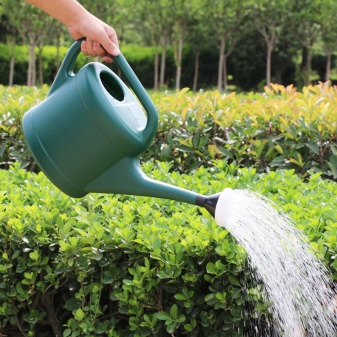
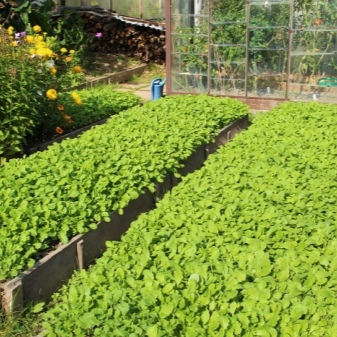
In the next video, you will find additional information on the varieties of green manure and their use.













The comment was sent successfully.